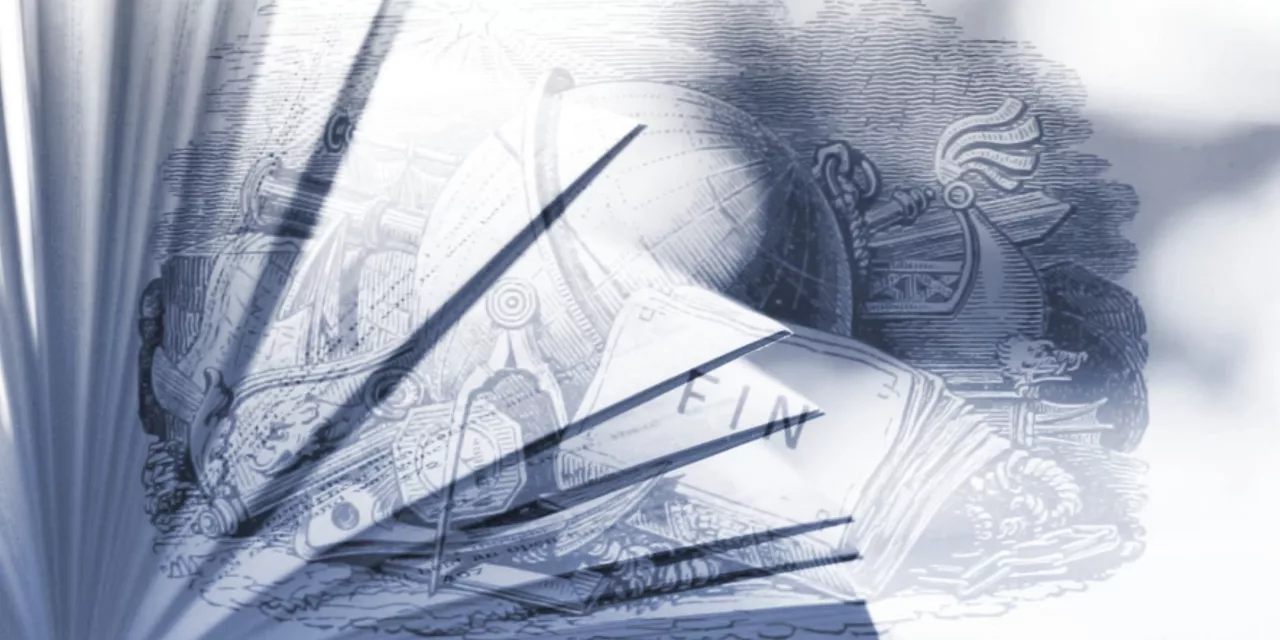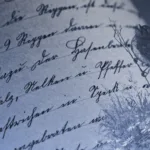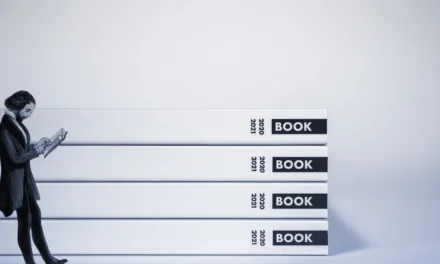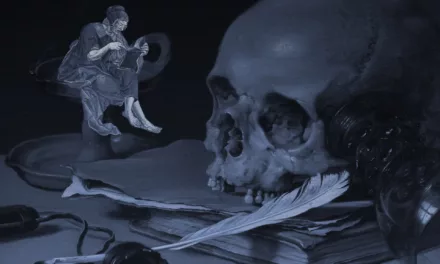
How do you write a satisfying ending?

“How do you come up with a satisfying ending to a story? And what different types of endings can a story have?”
Writing an ending that does justice to everything you’ve written up until that point is an incredibly daunting thing to tackle. It’s your last chance to leave an impression on your reader, and it needs to feel both surprising and inevitable. So how do you toe that line?
What makes an ending satisfying?
A satisfying ending isn’t just about tying up loose ends. It’s about giving your readers emotional closure while staying true to your story’s themes and character arcs. The best endings feel both unexpected and perfectly logical: they catch readers off guard while making complete sense within the context of your story.
Essential elements of a strong ending
Your story’s ending acts as the final piece of a puzzle. Every element needs to fit perfectly up to that point so that your ending can create a complete picture that readers will find satisfying.
A strong ending should:
- Resolve the main conflict: Give readers the closure they’ve been anticipating throughout your story.
- Complete character arcs: Show how your characters have grown or changed through their journey.
- Deliver on story promises: Pay off the expectations you’ve built through the rest of the narrative.
- Reflect core themes: Reinforce the deeper meanings, themes, and messages of your work.
- Provide emotional payoff: Make readers feel their investment in your story was worthwhile.
- Feel earned, not forced: Arise naturally from the events and choices that came before.
Each of these elements works together to create an ending that resonates long after readers turn the final page. Miss one, and your ending might feel incomplete.
Types of endings
Just like there is no single way to begin a story, there are lots of ways to end one. The type of ending you choose should grow naturally from your story’s genre, themes, and the journey your characters have taken. A lighthearted romance might call for a neat resolution and a happily ever after, while a philosophical literary novel might benefit from a more ambiguous conclusion. The key is matching your ending style to your story’s needs.
Here are some types of endings you might consider, along with when and how to use them most effectively:
Resolution endings
These endings tie up all major plot threads neatly. They work well for:
- Standalone novels.
- Genre fiction where readers expect closure.
- Stories with clear antagonists.
- Traditional narrative structures.
Open endings
Some questions remain unanswered, inviting reader interpretation. Best for:
- Literary fiction.
- Stories focusing on internal conflict.
- Stories that emphasise life’s complexity.
- Works aiming for realism.
Circular endings
The story returns to where it began, but with meaningful change. Effective in:
- Character-driven narratives.
- Coming-of-age stories.
- Stories about personal growth.
- Stories about cycles or patterns.
Twist endings
A revelation changes everything that came before. Works well in:
- Mystery and crime novels.
- Psychological thrillers,
- Stories with unreliable narrators.
- Stories exploring perception vs reality.
Bittersweet endings
Victory comes at a cost, combining triumph with loss. Perfect for:
- Epic narratives.
- War stories.
- Complex moral tales.
- Stories about sacrifice.
Epilogue endings
A glimpse into the future after the main conflict resolves. Useful for:
- Series conclusions.
- Generational stories.
- Stories needing emotional closure.
- Stories with far-reaching consequences.

Write more, write better, and achieve your goals with Novlr!
Writing your ending
Once you understand the different types of endings available to you and how you can mix and match them for best effect, it’s time to tackle the actual writing. This is where theory meets practice, and where it’s easy to find yourself stuck. After all, it’s one thing to know what makes a good ending in theory, but quite another to actually write one.
Writing a strong ending becomes much easier when you break it down into manageable steps. And like any writing advice it might take some experimentation and practice to find what method works best for you.
For planners
If you’re the type of writer who likes to outline and plan ahead, try to:
- Plot your ending first: Having a clear destination helps you plant the right seeds throughout your story.
- Create an ending outline: Map out the major beats of your conclusion chapter by chapter.
- Plant deliberate clues: Weave in foreshadowing that will make your ending feel inevitable in retrospect.
- Track your promises: Keep a list of questions your story raises that readers will want answered.
For discovery writers
If you prefer to find your story as you write, consider:
- Writing multiple endings: Let yourself explore different possibilities without committing to one. It’s amazing what you’ll find speaks to you when you let yourself play in the sandbox of your own story.
- Following character arcs: Let your characters’ lead the way. The way they grow and change can often suggest natural conclusion points.
- Looking for themes: Try to notice recurring themes in your draft that could point toward meaningful endings.
- Take notes: Your subconscious often plants seeds for endings while you write, so if you have a thought on a possible ending at any point, make sure you keep a note of it.
For hybrid writers
Many writers fall somewhere in between, so you could try:
- Flexible plotting: Have a general idea of your ending but stay open to organic changes.
- Milestone mapping: Identify key moments your ending needs to hit without plotting every detail.
- Character-plot balance: Let character decisions influence your planned plot points.
- Regular revision: Adjust your ending plans as your story evolves.
Testing your ending
If you’re not sure on whether your ending is effective once you’ve written it, then ask yourself these questions:
- Does it feel true to your characters?
- Have you resolved the main conflict?
- Does it satisfy the story promises you made?
- Will readers find it emotionally satisfying?
- Does it reflect your themes?
- Would a different type of ending work better?
You can also ask these questions of your beta readers if you feel like you’re too close to the story to be objective!
Remember, a great ending grows organically from your story’s DNA. It should feel both surprising and inevitable, like there was no other way your story could have ended, even if readers didn’t see it coming.
The trick is finding the right type of ending for your specific story and executing it in a way that leaves readers satisfied. Whether you’re writing a neat resolution or an ambiguous conclusion, make sure it honours the story you’ve told and the journey your readers have taken.






























